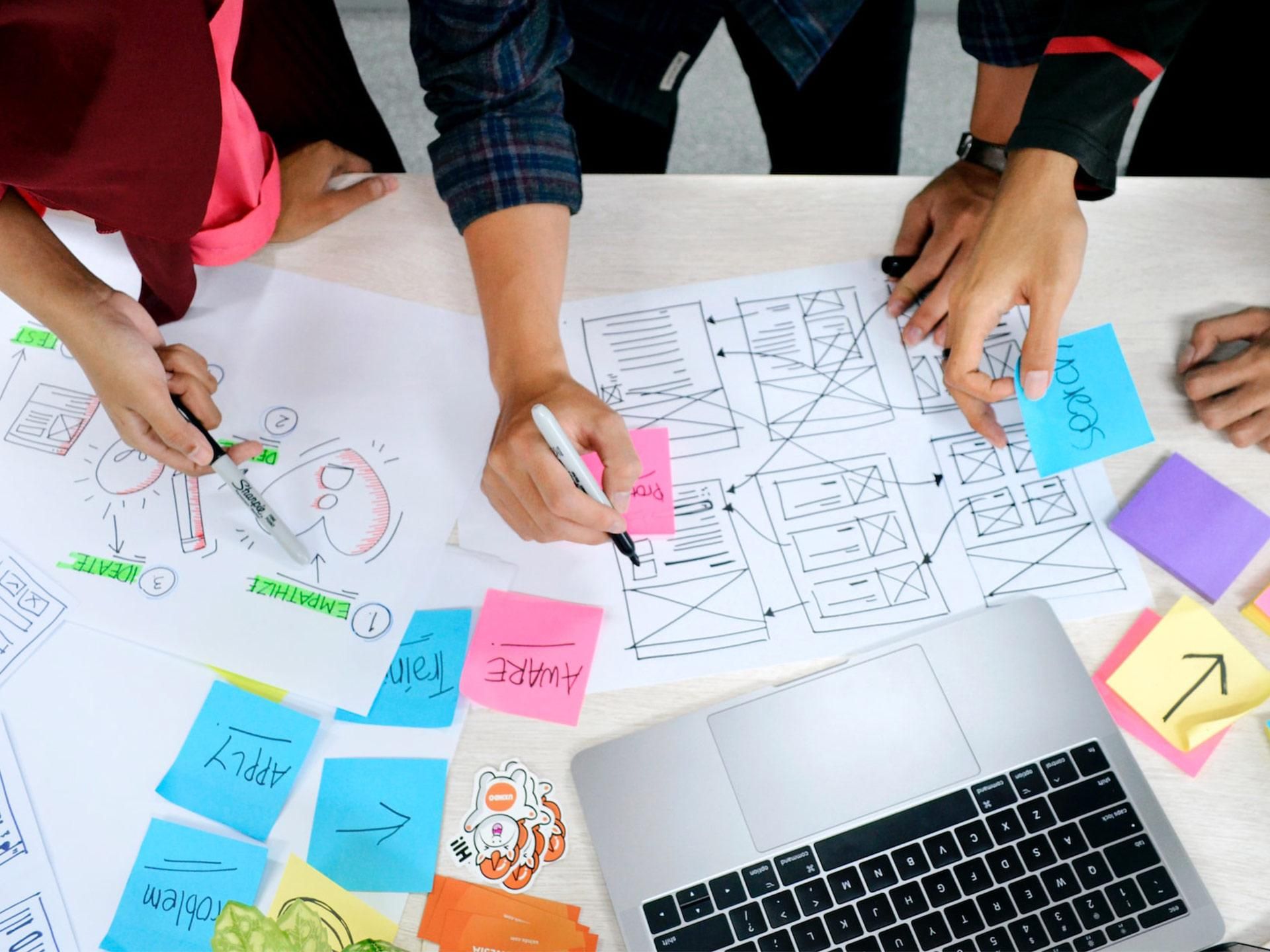
10 amazing UI/UX design trends of 2023
The only constant in life is change, they say. If there is one area where change goes fast, that is technology. What is innovative today will be obsolete tomorrow and to keep up you have to run. Knowing where to run, however, is looking around, first. Taking a look at the websites and apps of the biggest international brands, we have listed some trends that seem particularly popular today.
Let’s see together what are some interface design trends for 2023, focusing on the user experience.
1. Motion design
Motion design is nothing but graphics in motion and it includes animations, dynamic backgrounds, video pop ups, transitions between graphic objects, titling etc. Motion design allows users to visually follow a narrative path making it more engaging and memorable. Today a more complex and multifaceted interface transition/animation that does not sacrifice speed and efficiency is possible thanks to the continuous evolution of animation and video compression, together with better internet, browsers and devices performances.
2. Scrollytelling
Scrollytelling is an immersive scrolling that exploits the space of the web page frame as a narrative element. The now automatic scroll mechanism becomes an interactive, customizable and highly engaging reading experience. Specifically, new content (videos, photos, text and animations) appear or change as the user scrolls the web page. Strategic for the captivating representation of data and statistical surveys, it brings visual appeal and effective transitions.
3. Minimalism
Less is more: make way for visual decluttering. The minimal approach focuses on strictly functional and flat elements; decorations reduced to the bare essentials, large areas of negative space, monochromatic palettes identifiable in large, well-defined shapes with rounded edges, very contrasting fonts. Watchwords: cleanliness, clarity, legibility and easy navigation. The sites are sober and elegant and the careful choice of fonts brings back the classic serifs for the web, too.
4. Vibrant Palettes
Even web design walks in the wake of dopamine dressing, a fashion trend that blossomed in the post-pandemic period, which claims the freedom to dress to achieve a happy, bold, assertive state of mind. It goes without saying that the road opens to bold, saturated, lively colour, combined with retro elements and layouts that contrast the same principles of design in order to claim an unprecedented and very personal individuality.
5. Dark mode
The use of black, characteristic of some trends of the early years of the web, has mostly been set aside in favor of white. Today black is back in fashion with the proposal of elegant designs that have the advantage of less eye strain, limiting the blue light emitted by screens.
6. Micro-interactions
The site or app responds to the users’ movements and actions by playing with them. Sections change color, icons come alive, notifications follow navigation. The human-device interaction is increasingly faithful and the feedback from the machine is creative and cared for in detail.
7. Aurora gradients
Gradients remain in vogue by changing vibe: ethereal and contemporary blocks of compatible color, which refer to certain moods of the 80s and 90s and are very reminiscent of the atmospheres of the northern lights and make the design mystical, expressive and fluid.
8. Emotional design
We are far less rational creatures than we like to believe. Whoever manages to design stimuli capable of provoking an emotional response in the user before the more cognitive-rational part intervenes, wins. A skilful combination of images, copy, graphics, colors able to establish an immediate connection to feelings and the unconscious, overcomes rational evaluations and defenses and translates into greater interactions and conversions.
9. Hyper-personalization
The user is at the center. The personalization of the experience with any technological product must include a personalized feedback system, if the relationship between user and product is to be maintained solid over time. In this sense, it is essential to consider what types of contextual data can be collected consensually in order to establish deeper and more satisfying relationships for the user.
10. More and more smooth mobile browsing
The well-established responsive approach is no longer enough. The current trend is the construction of UI/UX design tailored to the smallest devices, which guarantees increasingly intuitive and comfortable usability. Human gestures are increasingly central to interface design: the fundamental navigation elements must be within reach of the thumb, both for menu items, swipes and calls to action.
These are just some of the trends we’ve intercepted for 2023. Next year we’ll see how old this post will look like. 😉